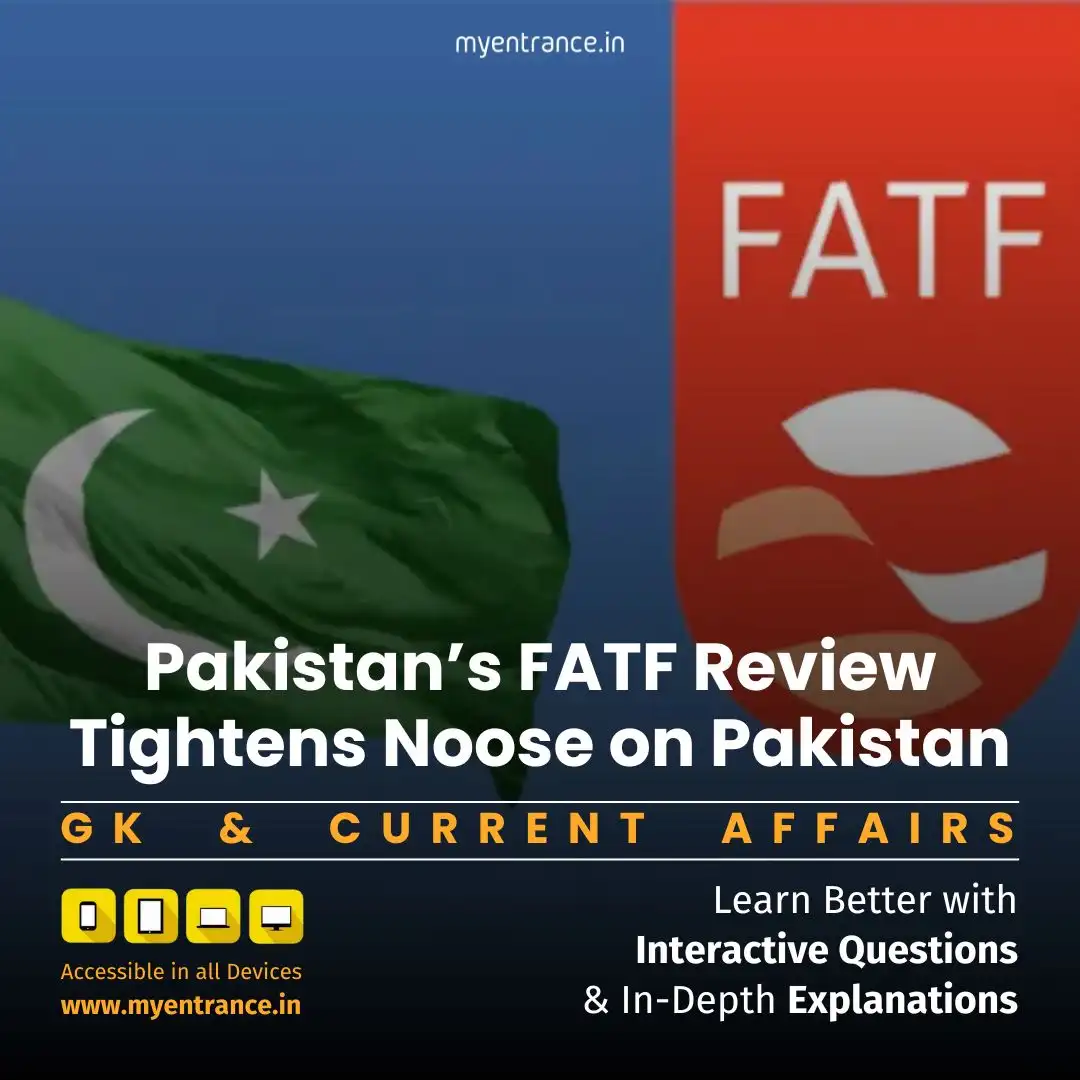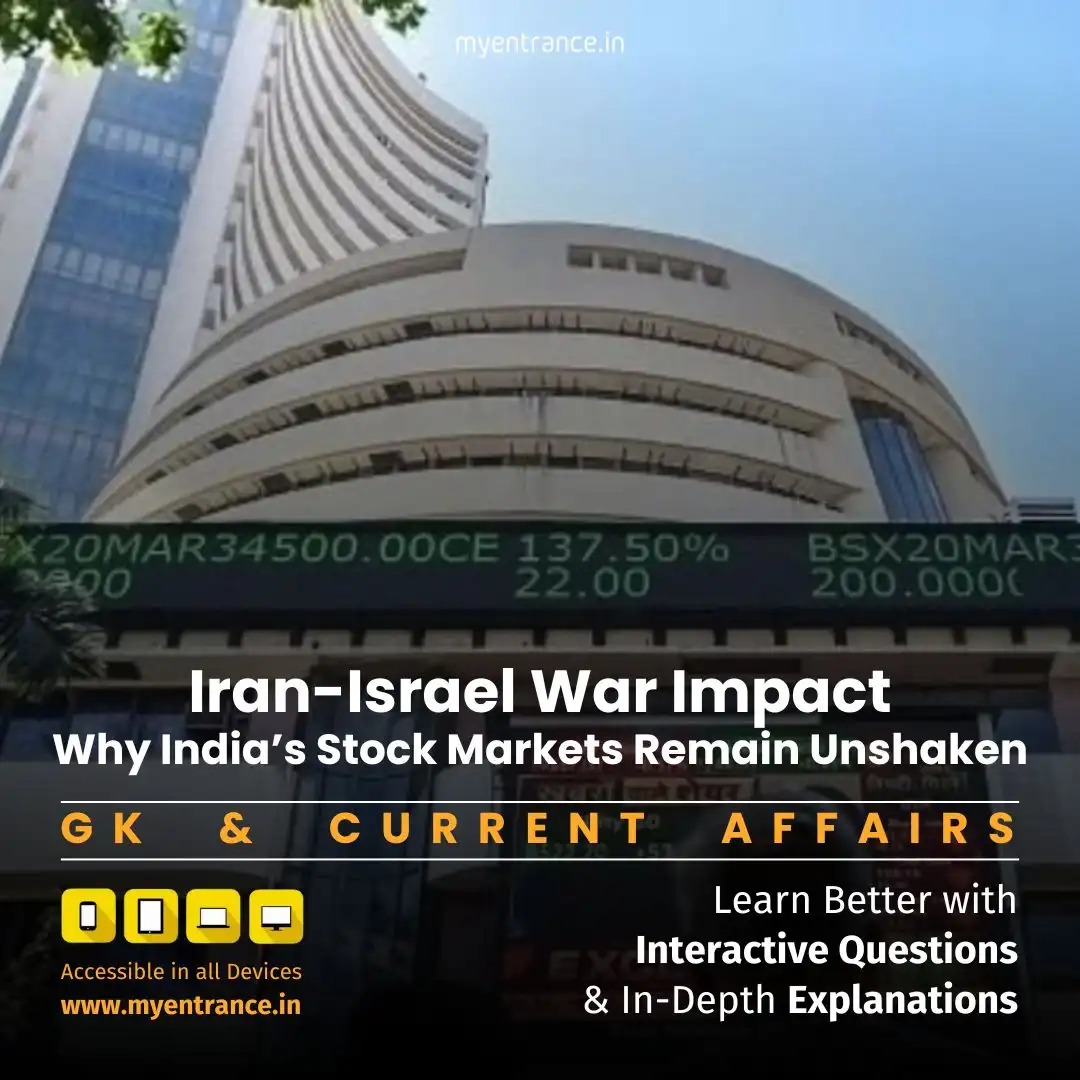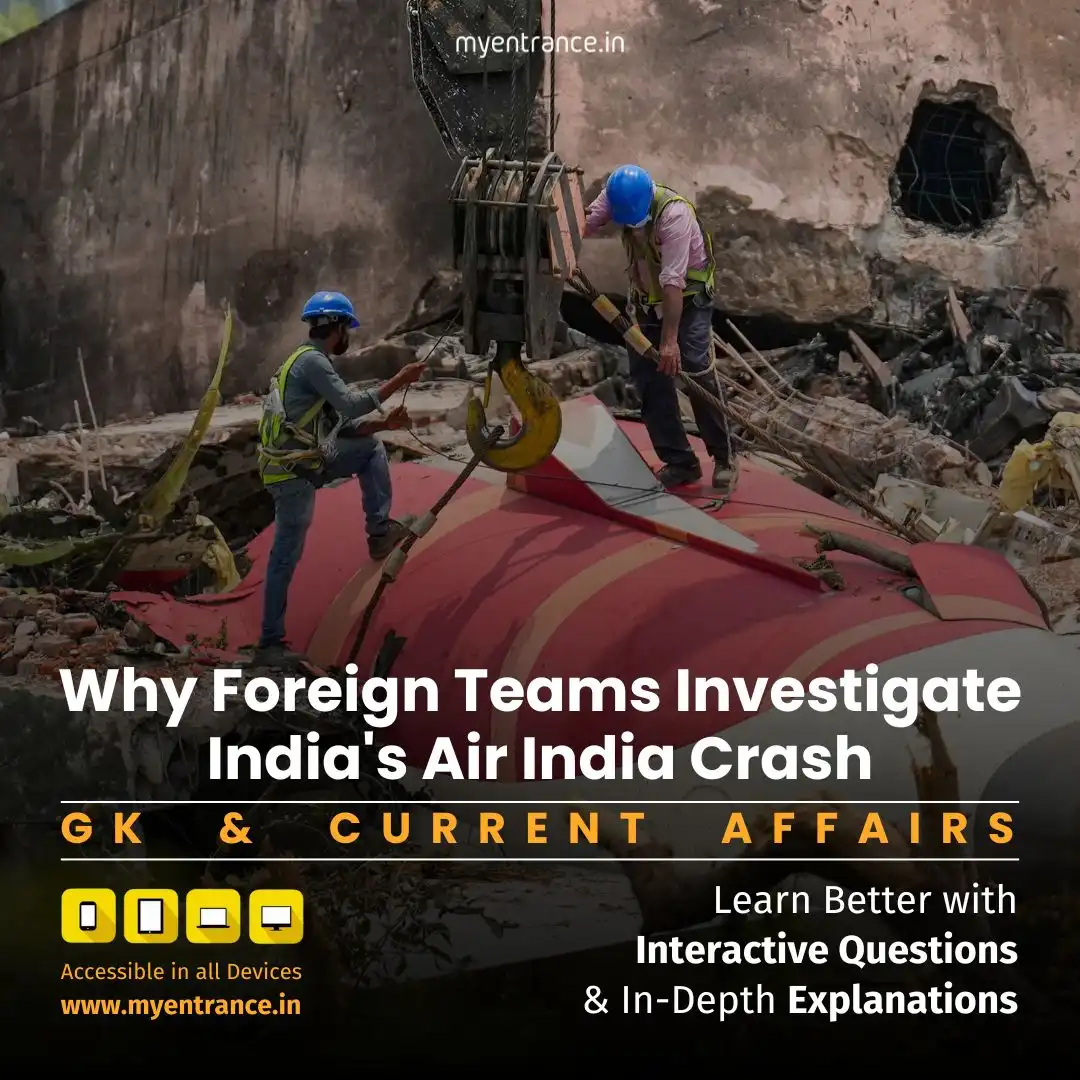Select Language
Heat Risk Index Explained: How Climate Change Threatens 76% of Indians
Rising nighttime temperatures and soaring humidity have placed 57% of India’s districts at extreme heat risk, endangering 76% of the population. A landmark CEEW study exposes how urban planning failures and climate change amplify this silent crisis.
Key Analysis (Human-Written, Paragraphs/Bullets):
Why 57% of Districts Are Vulnerable:
Warmer Nights: Night temperatures are rising faster than daytime highs, denying physiological recovery.
Deadly Humidity: High moisture reduces sweat evaporation—a key cooling mechanism. Wet-bulb temperatures (heat + humidity combo) above 35°C can be fatal.
Urban Heat Islands: Cities like Delhi are 5-7°C hotter than rural areas due to concrete, traffic, and loss of green cover.
CEEW’s Heat Risk Index (HRI) Findings:
High-Risk States: Delhi, Maharashtra, Goa, Kerala, Gujarat, Rajasthan, TN, AP, MP, UP.
Key Indicators: 35 factors assessed, including:
Frequency of “very hot days” (IMD: >45°C plains, >30°C hills).
Population density & disability rates.
Land-use changes (e.g., deforestation for urban sprawl).
Health & Socio-Economic Impacts:
Heat Stress >37°C: Causes cramps, exhaustion; >40°C triggers strokes.
Most Vulnerable: Informal workers, elderly, disabled (limited access to cooling).
Economic Loss: Reduced labor productivity, crop failure, energy grid overload.
Why 2024 Broke Records:
Global temps 1.5°C above pre-industrial levels; India 1.2°C higher (vs. 1901-1910).
Prolonged “heat domes” trapped hot air over north India.
Key Takeaways for UPSC:
Heat Risk ≠ Heatwaves: Risk combines temperature, exposure, and community vulnerability.
IMD Heatwave Criteria:
Plains: >40°C (or 4.5°C above normal).
Coastal/Hills: >37°C (or 30°C).
Urban Heat Island Effect: Cities absorb/retain heat due to concrete, reduced vegetation.
Policy Gap: Most cities lack heat-action plans; focus remains on reactive measures.
Climate Link: Fossil fuels → Global warming → Intense, frequent heat events.
Sample Q&A for Prelims/Mains:
Q: What is ‘wet-bulb temperature’ and why is it critical?
A: Combines heat + humidity; >35°C impedes sweat evaporation, causing organ failure.
Q: How does CEEW’s Heat Risk Index (HRI) assess vulnerability?
A: Uses 35 indicators: temperature trends, population density, land-use changes, and socio-economic factors.
Q: Why are nights warming faster than days in India?
A: Urban heat islands trap daytime heat; concrete releases it slowly at night.
Q: Which group is most vulnerable to extreme heat?
A: Informal sector workers (construction, street vendors) due to outdoor exposure and limited cooling access.
Q: How does deforestation exacerbate heat risk?
A: Reduces shade and evapotranspiration, raising local temperatures by 2-5°C.
Most Predicted Questions
Comprehensive study materials, Expert-guided tips & tricks, Mock tests and instant results.
Start your SSC, NIFT, NID, FDDI, PSC journey today with MyEntrance, your ultimate online coaching platform.







